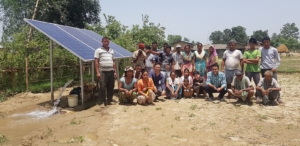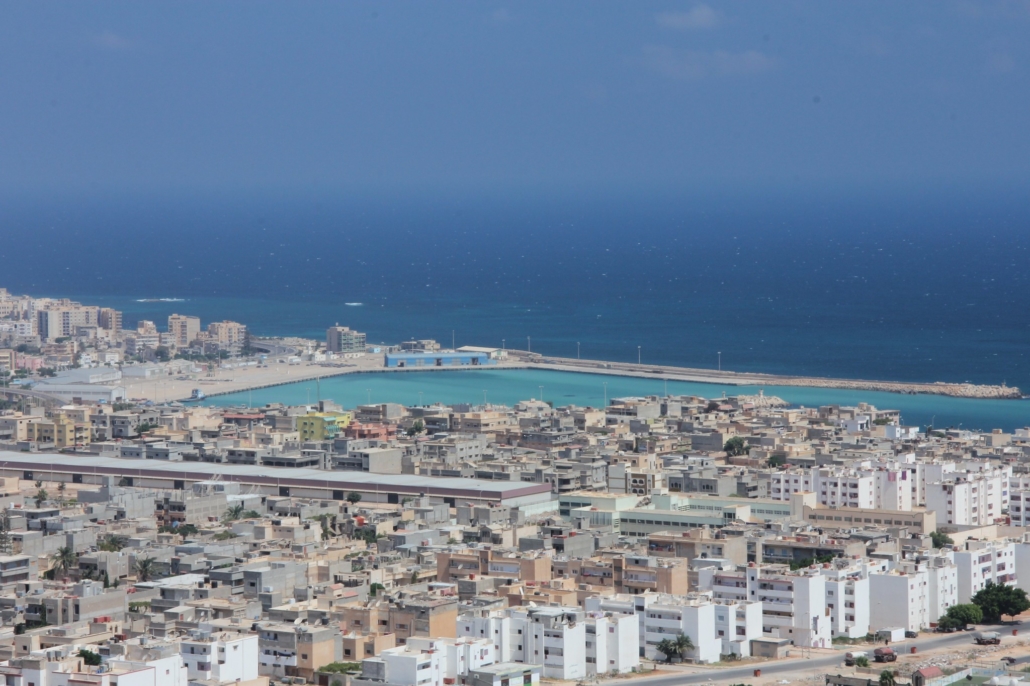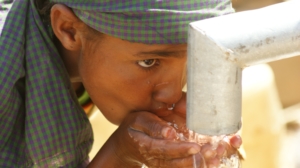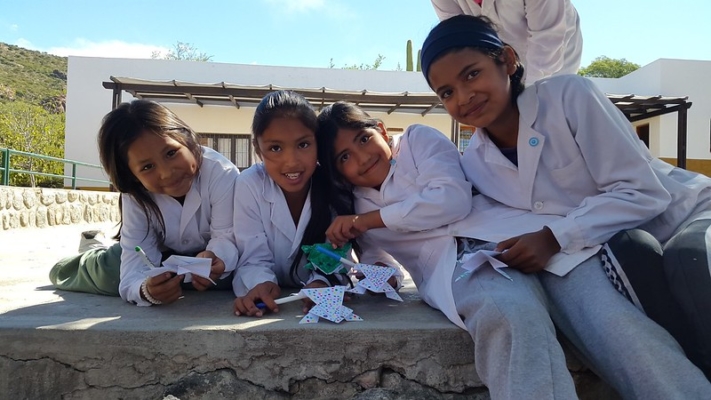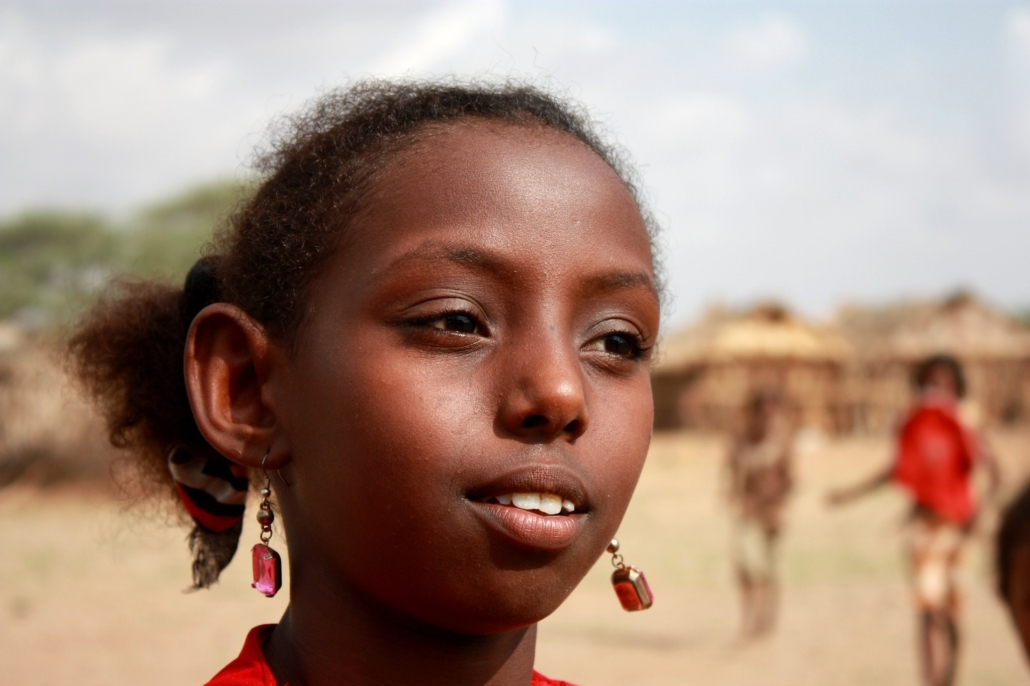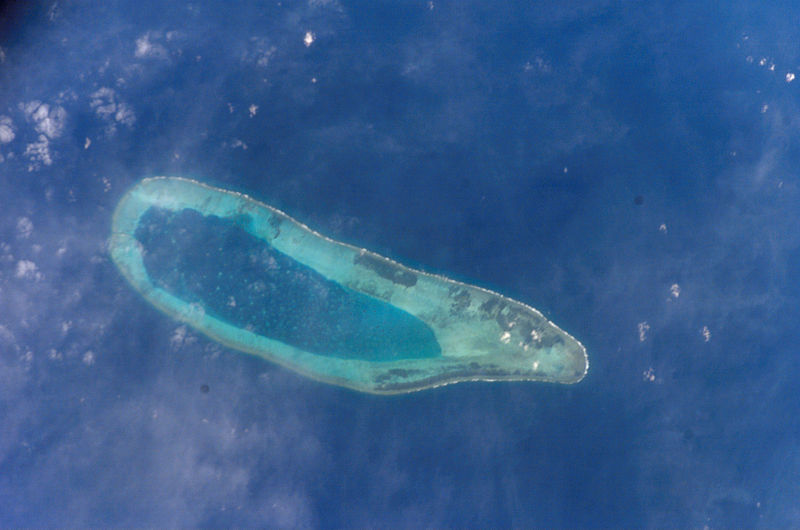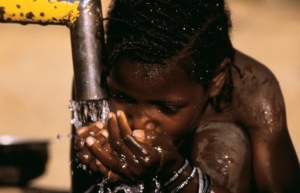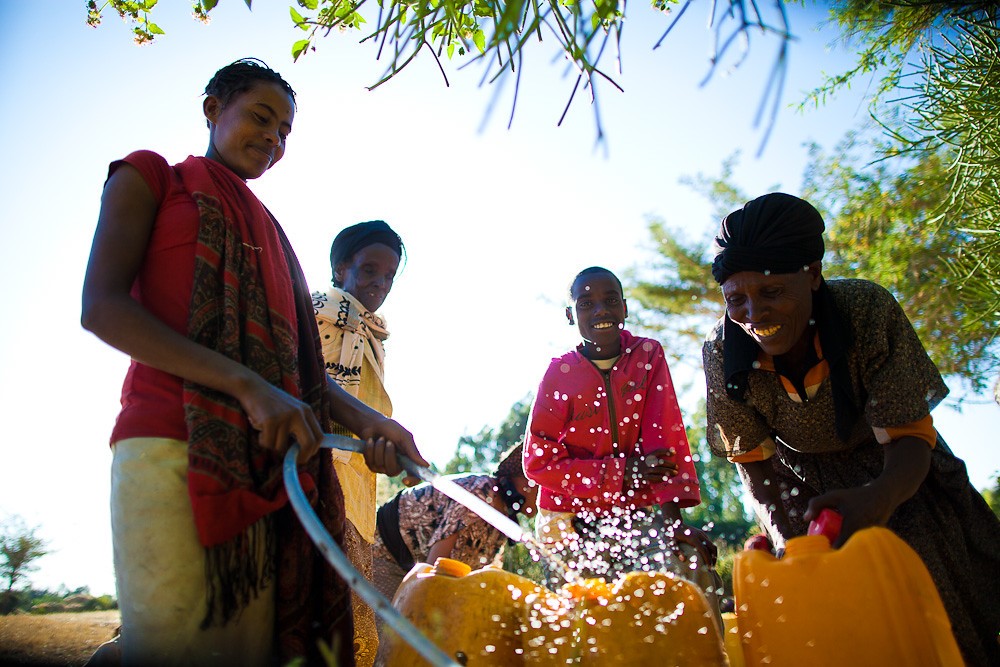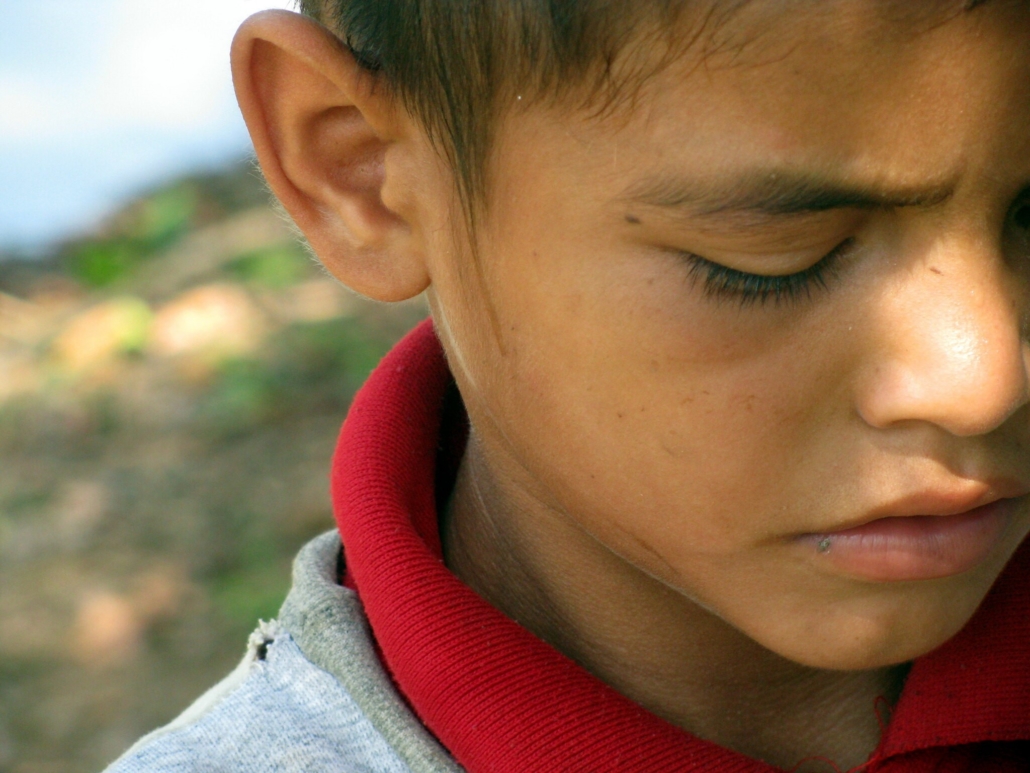
Venezuela was one of the wealthiest countries in the world, with its main exporter being oil. However, the country has suffered a water and sanitation crisis, as only 18% of the population had access to clean drinking water in 2018. Around 30% of the population that has unimproved sanitation live in rural areas, while 2.5% are in urban areas. While climate change has significantly impacted Latin America’s resources, Venezuela’s water/sanitation status has affected the lives of Venezuelan citizens. Here are 10 facts about sanitation in Venezuela.
10 Facts About Sanitation in Venezuela
- Blackouts and the lack of electricity pose a threat to Venezuela’s access to water. The electricity generates throughout the country’s water plants and sewage pipes. These outdated infrastructures have dealt with terrible maintenance. As a result, when these blackouts happen, the electricity and water from pipes or faucets stop, disrupting the flow of the water. Venezuelan President Nicolas Maduro has promised to put back-up water tanks on rooftops to relieve the problem.
- Venezuela’s water supply is sparse throughout the country. Around 80% of the population lives in the northern region of the country; however, not even 10% of water resources are available in that region. The inconsistency of the access to water provides frustration for many citizens, as they have to travel to other areas outside of their homes to find a decent supply of water. Urban areas are near the northern region, while rural areas are near the southern region. In the country’s first-year rehabilitation plan, it stresses that efforts will focus on the northern region, to identify who needs urgent assistance.
- UNICEF provided access to drinking water for over 2.8 million people in 2019. The organization has worked on supplying safe drinking water through sources like water trucking and system repairs. Using these methods will be beneficial in fixing the main spots for water distribution like schools and hospitals, and cleaning main water sources to improve safe use. In 2019, UNICEF provided water and hygiene services to at least 18,300 people in the health centers and learning spaces.
- Multiple laws are in place for better water access. Laws like the Organic Law on the Environment protect river basins, preserving their natural soils and guarding the availability of water to sustain the water cycle. While these laws establish some framework into the conservation of water and sanitation, they have not been fully effective because they do not address the lack of maintenance in infrastructures that affects the distribution of water.
- The Venezuelan government is finding new means to upgrade water treatment facilities. Over the years, Venezuela’s infrastructure to transport and contain water has been aging and lacking any type of improvement. In 2013, the government asked for Electrotécnica SAQUI’s help to rebuild and restructure the water plants, removing harmful material that seeps into the water. Adding fiberglass blades to the water plants to remove large amounts of sludge helps keep the plants cleaner, which improves the water quality.
- The Guaire River in Caracas is Venezuela’s biggest water source. Many citizens make long travels to the Guaire River, as it is the main body of water they have access to. However, wastewater has contaminated the river. The Guaire River is near the city of Caracus, which has three water plants: La Mariposa, Caujarito and La Guaira. The plants sanitize the water, removing sludge so that it does not settle in the tanks.
- The average cost for a bottle of water matches the country’s minimum wage. In a Caracus supermarket, 5 liters of water is $2. Unfortunately, that makes up almost half of Venezuela’s minimum wage or approximately $6 a month.
- The lack of access to water and sanitation has impacted education. Because of the lack of decent water service for drinking and sanitation, multiple educational institutions have had to shut down. Around 28% of students could not attend school because of the shortage of water. Venezuela’s emergency plan’s response in its first 6 months involved an effort to provide clean water and sanitation, especially in schools, to eliminate the rate of diseases like malaria.
- The water supply has had a significant impact on food security. Production of Venezuela’s main crops — like rice and coffee — has fallen to 60% within the last 20 years. This dramatic decrease has caused a surge in weight loss and malnourishment for many citizens and children. To better help Venezuela’s agriculture production, USAID is using its funding to provide hot meals to food kitchens and schools and increase access to livestock and tools.
- Venezuela needs approximately $400 million to initiate a first-year rehabilitation plan. Damage to the water supply has been detrimental to the point that this amount of funding is necessary for effective rehabilitation and restoration of water and sanitation resources. USAID has provided more than $56 million of humanitarian aid to Venezuela for assistance in sanitation, hygiene, medicine and health care.
Venezuela still has a long way to go in improving its water and sanitation services. Still, looking at these 10 facts about sanitation in Venezuela, the country is steadily working on the necessary progress it needs to increase clean water accessibility. By reevaluating infrastructure and establishing several laws surrounding water and sanitation access, sanitation in Venezuala should continue to improve.
– Loreal Nix
Photo: Flickr
